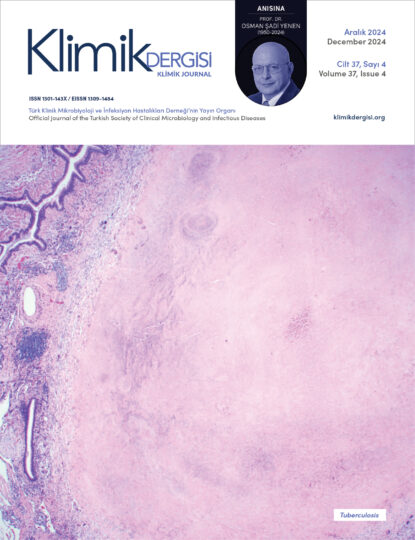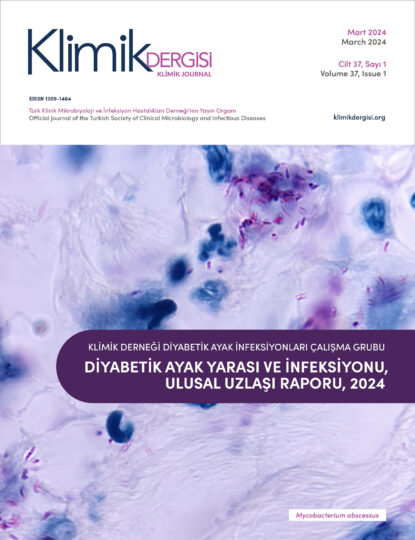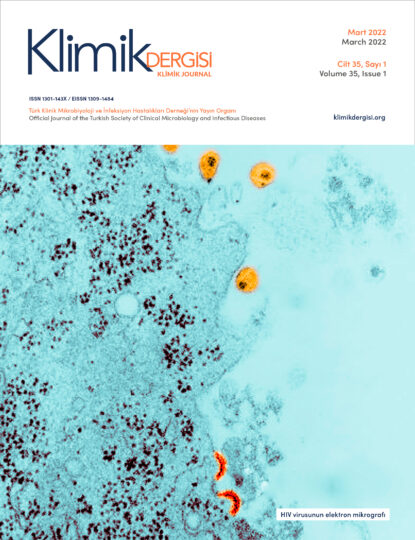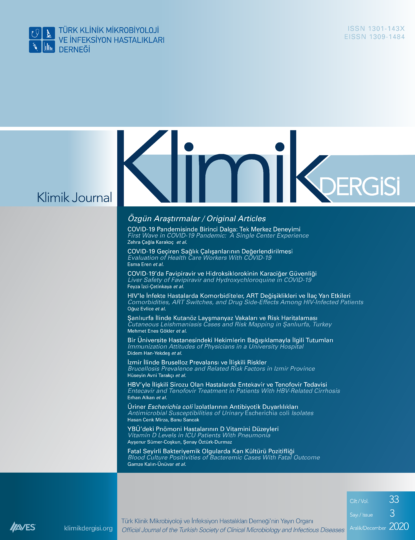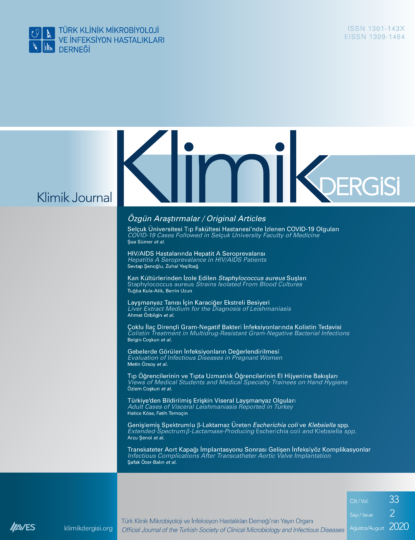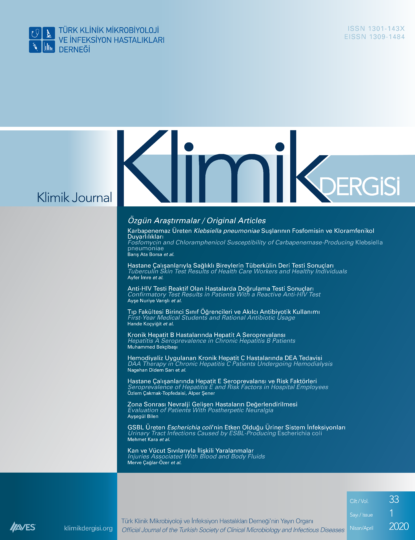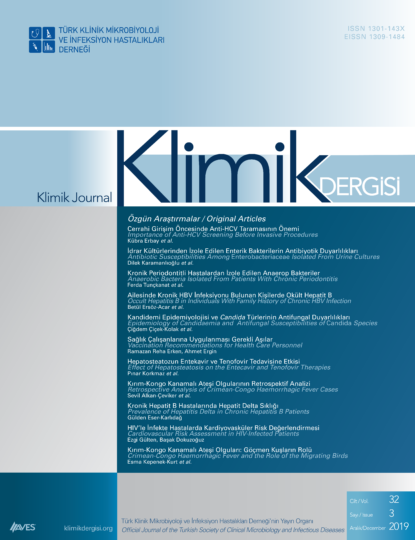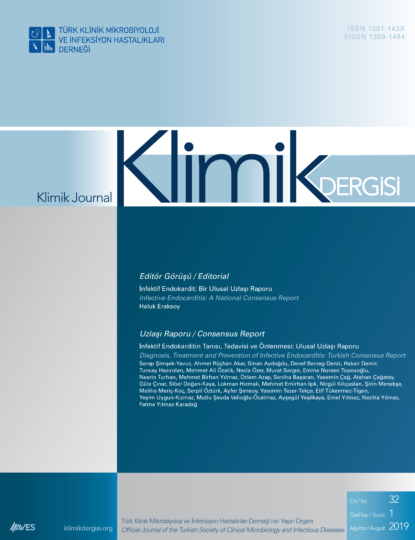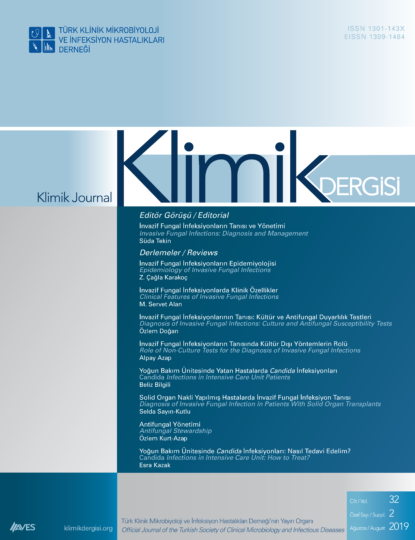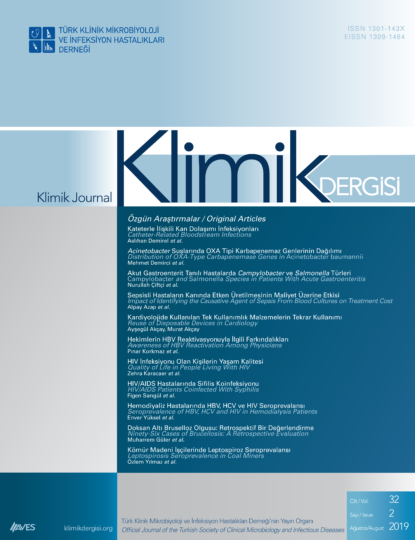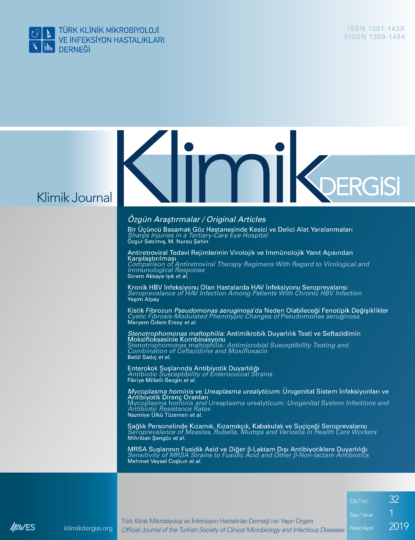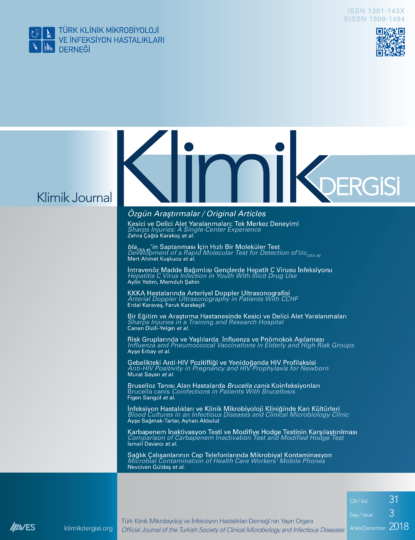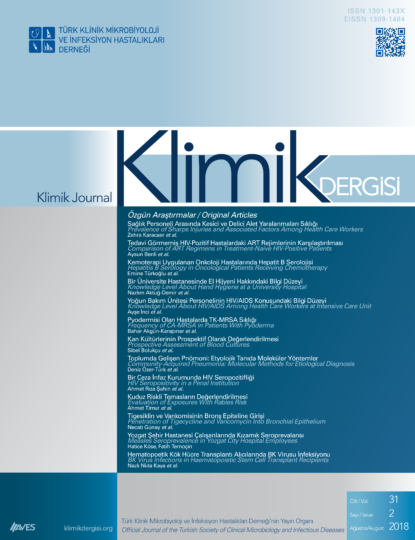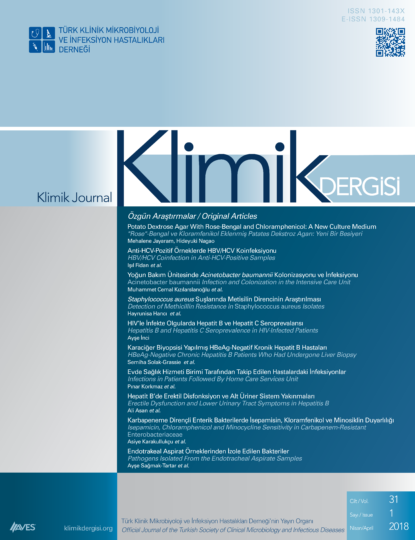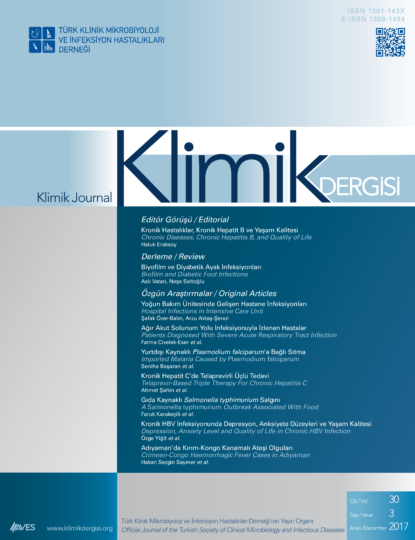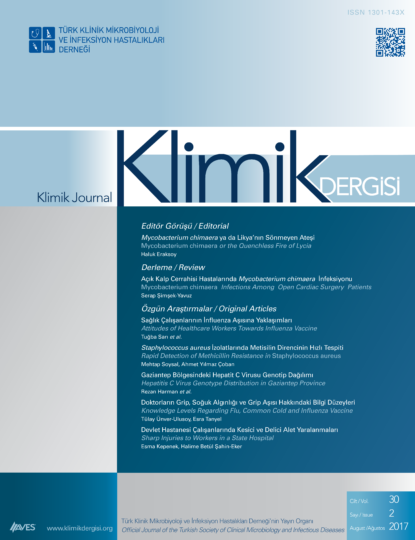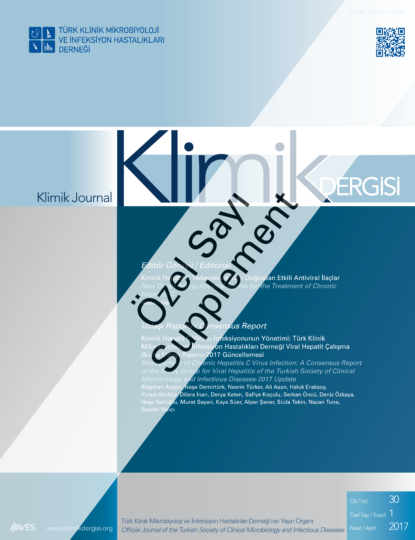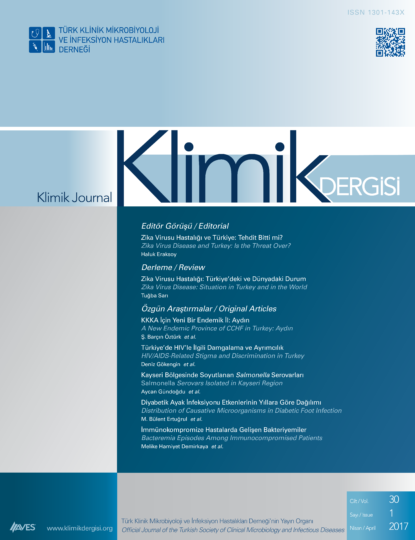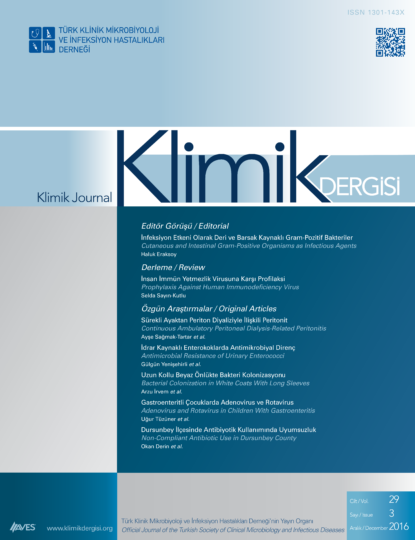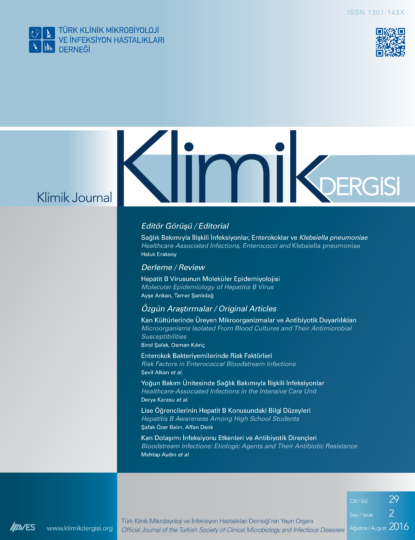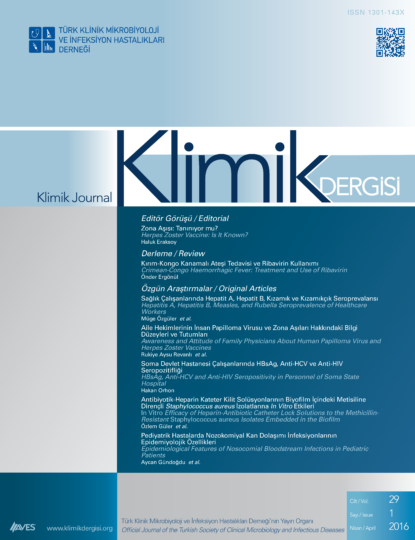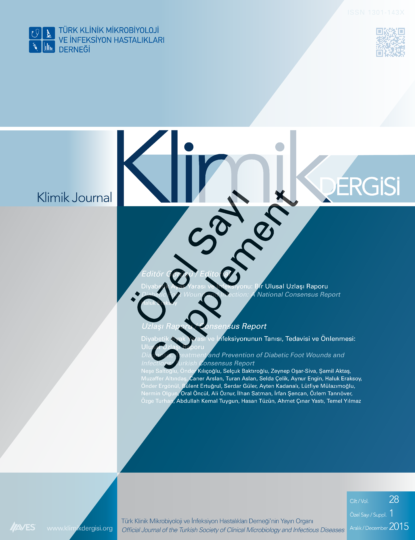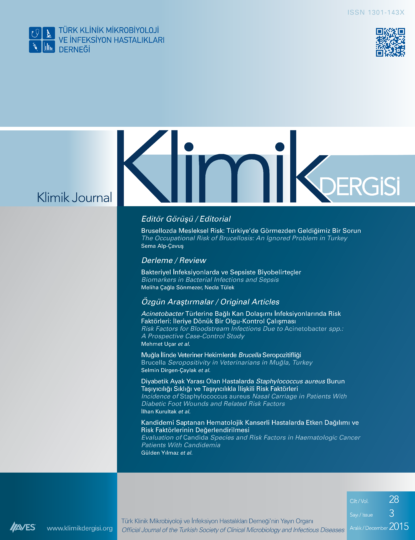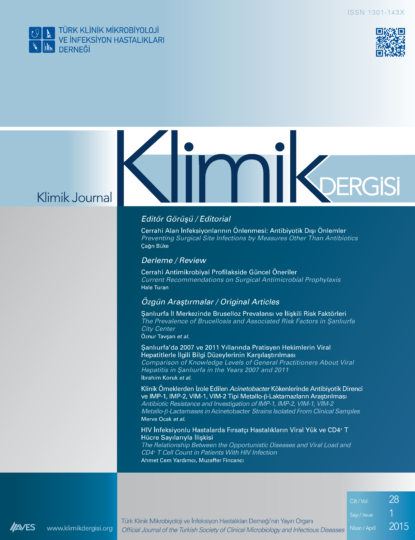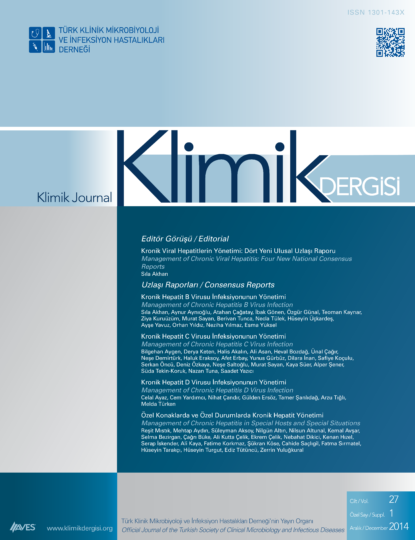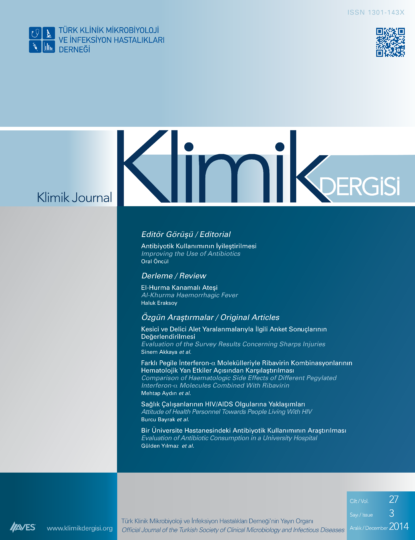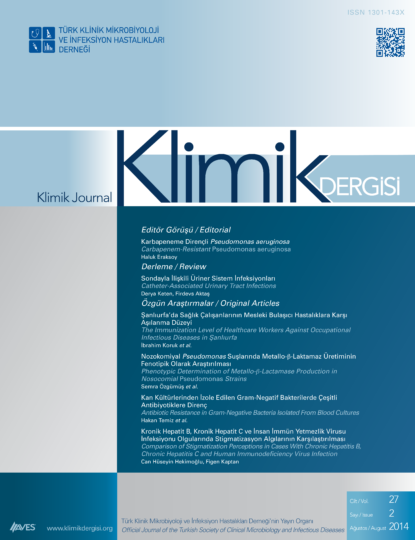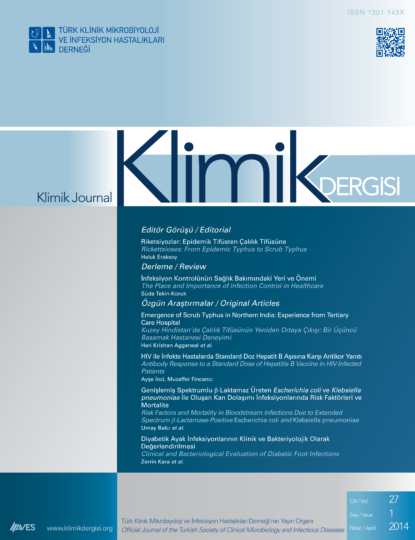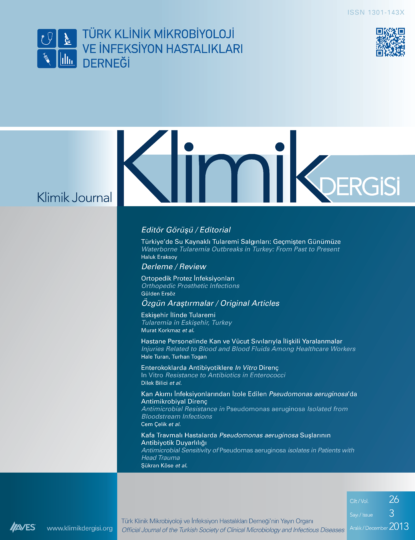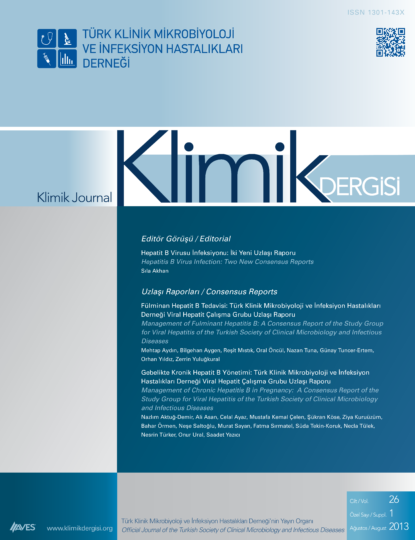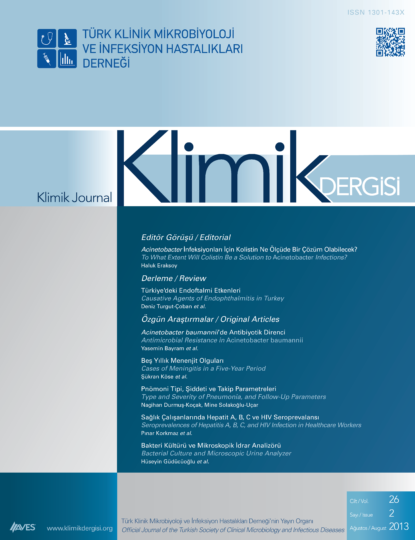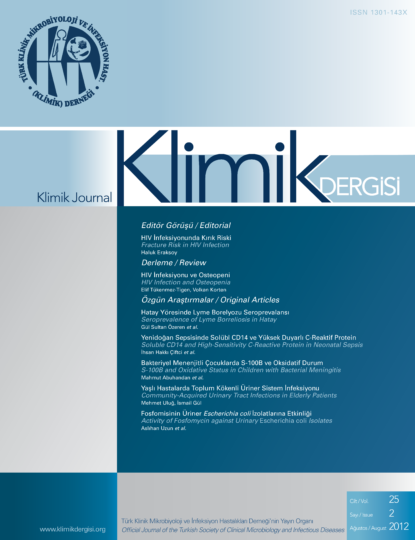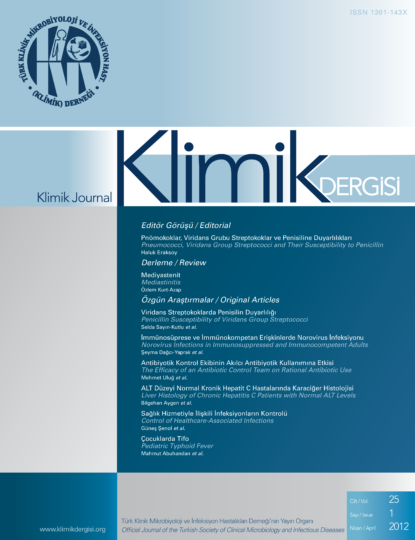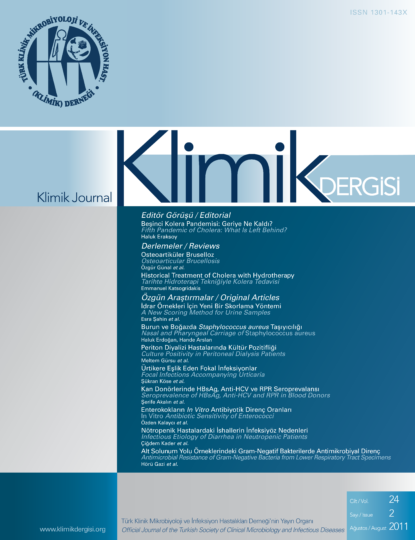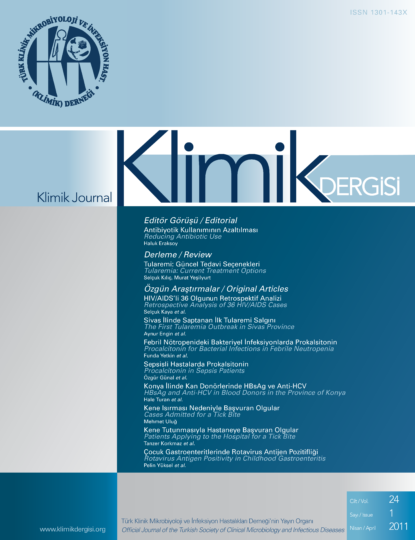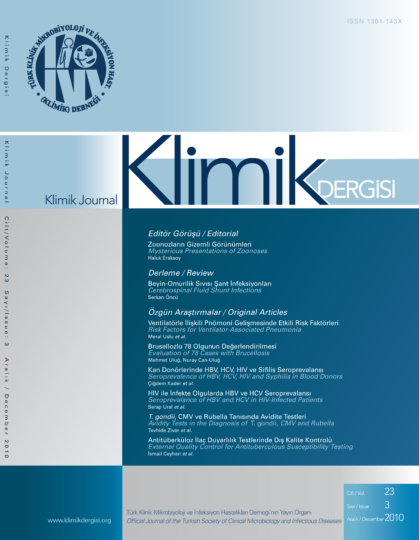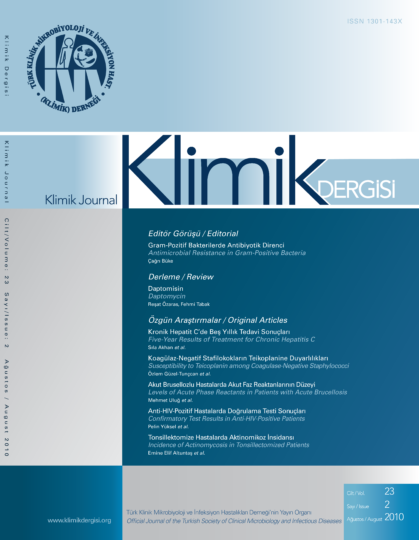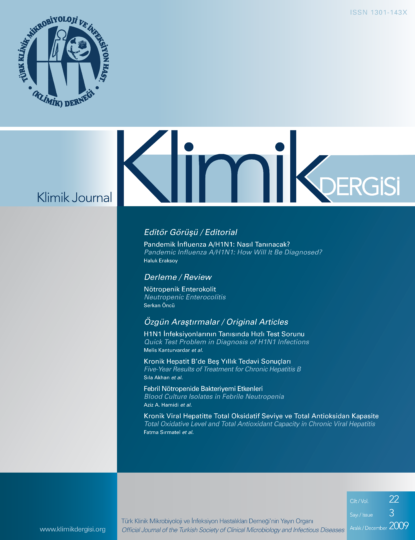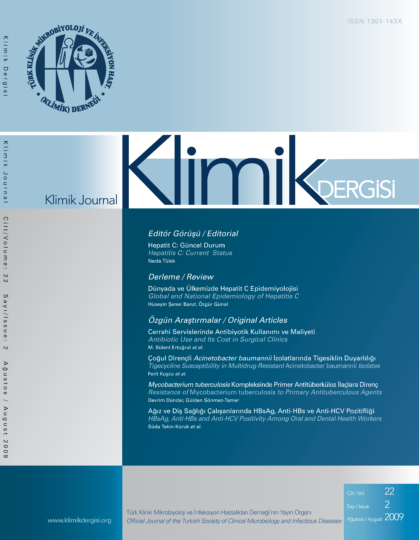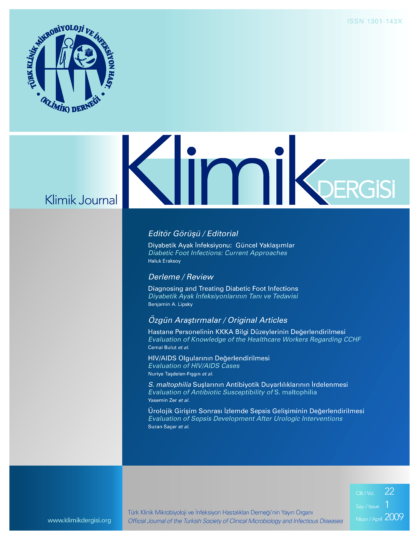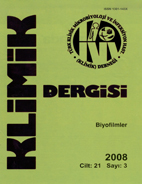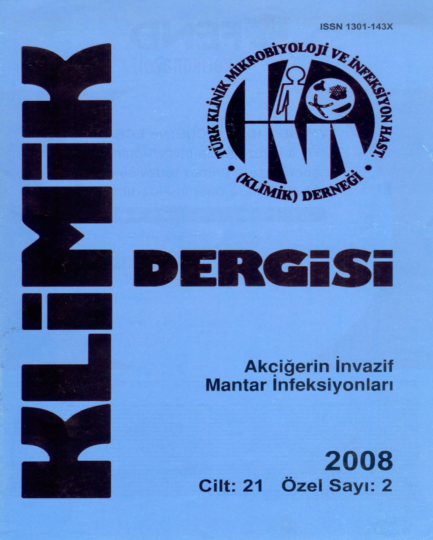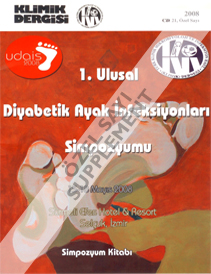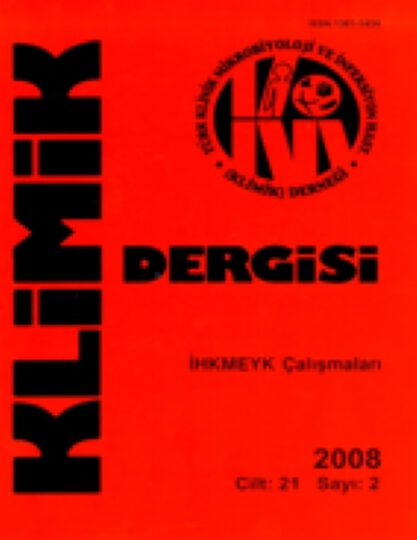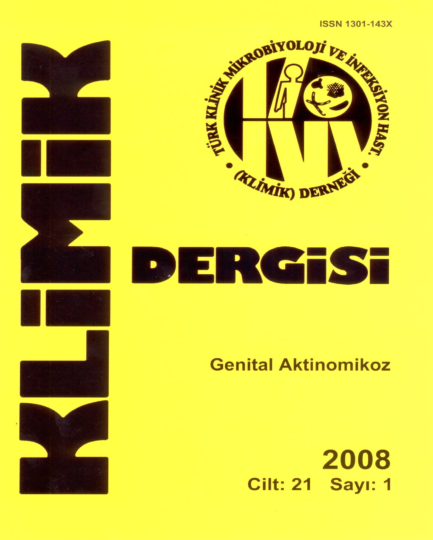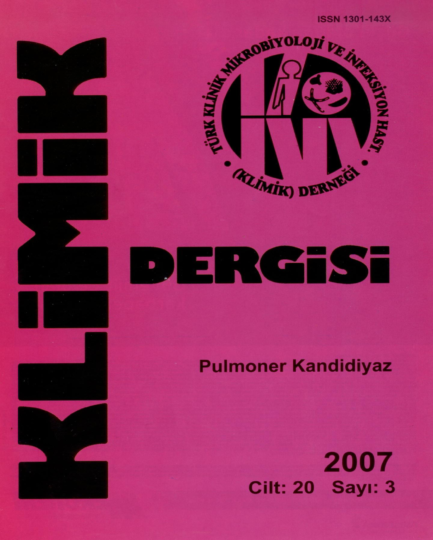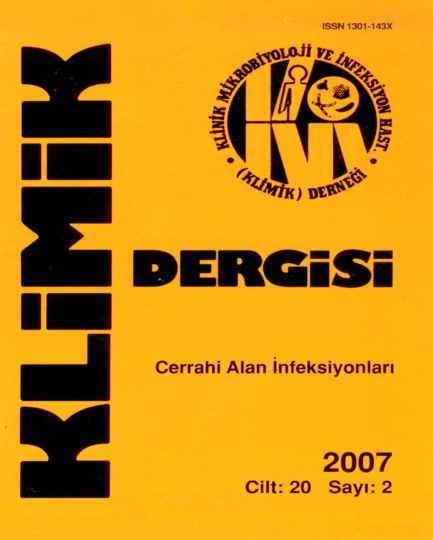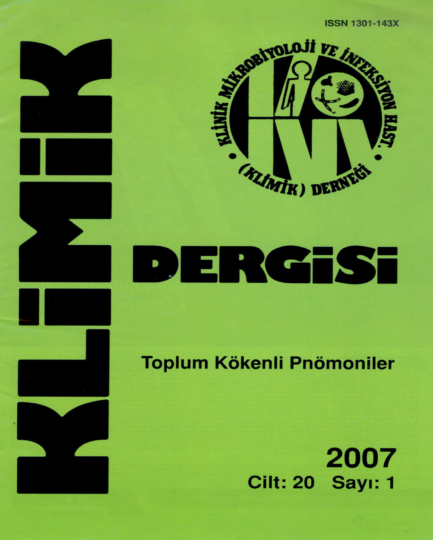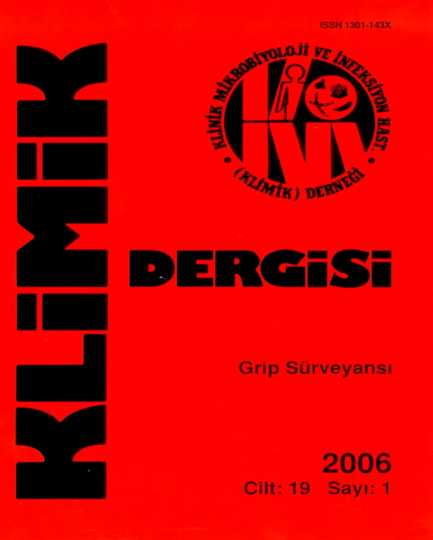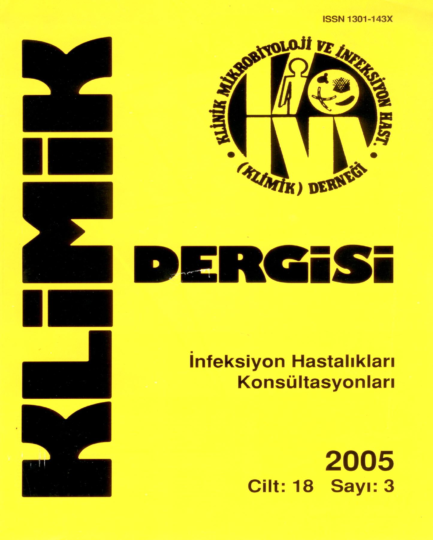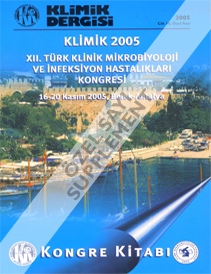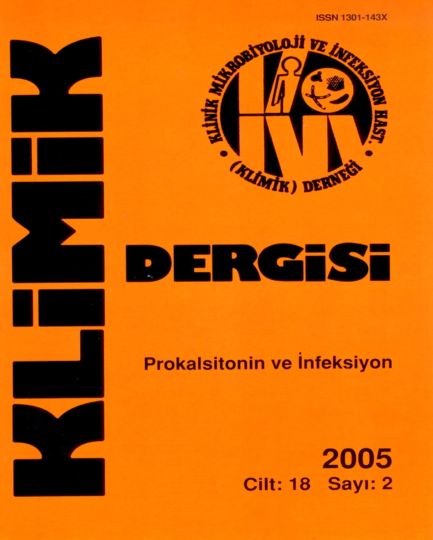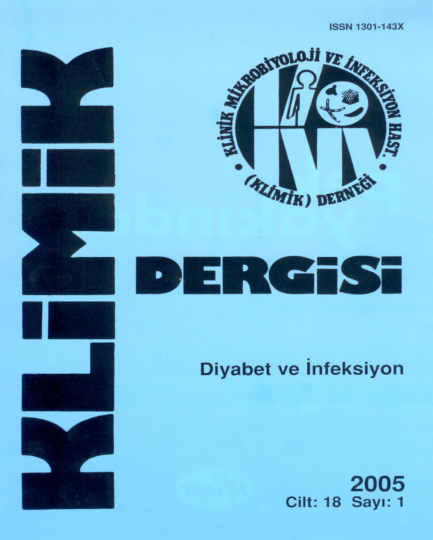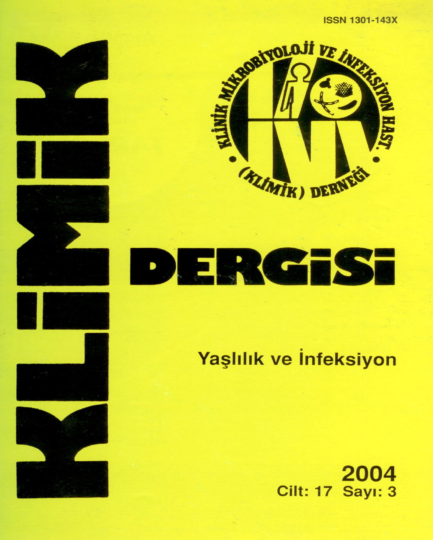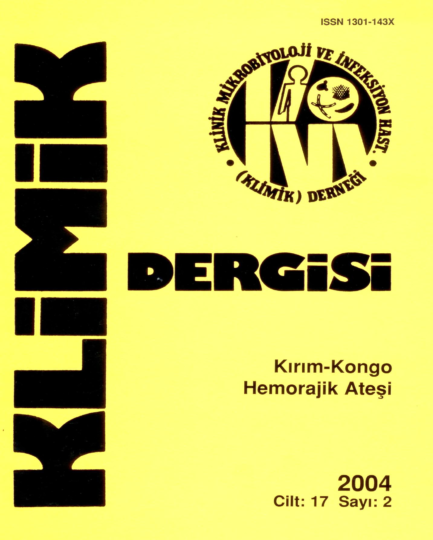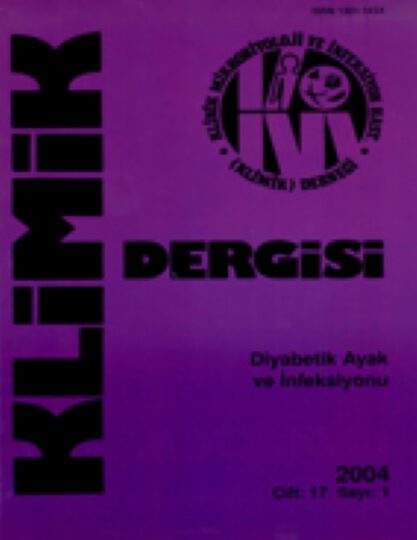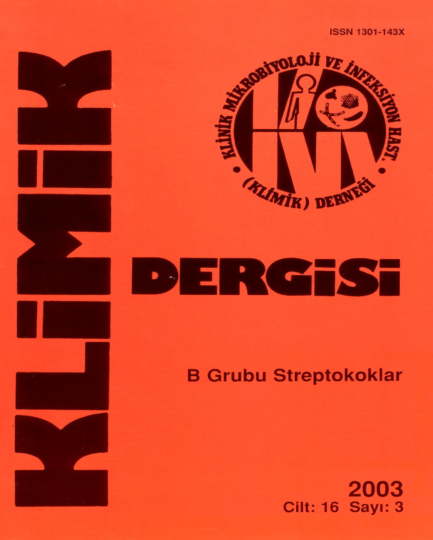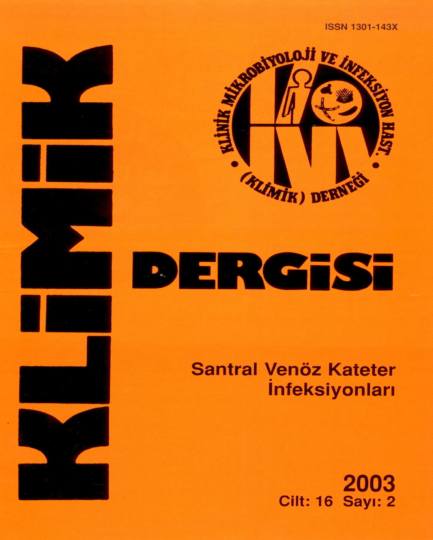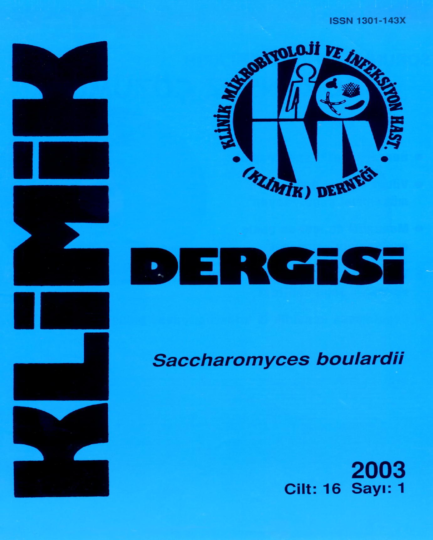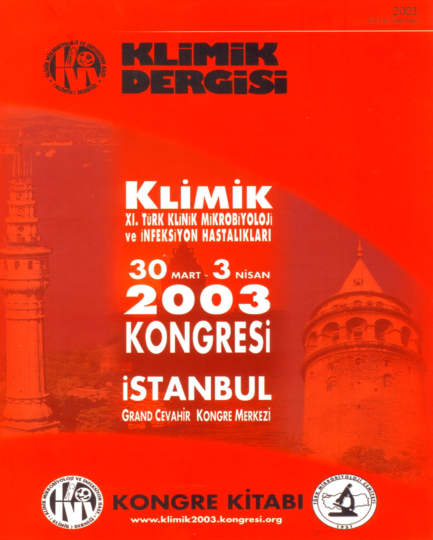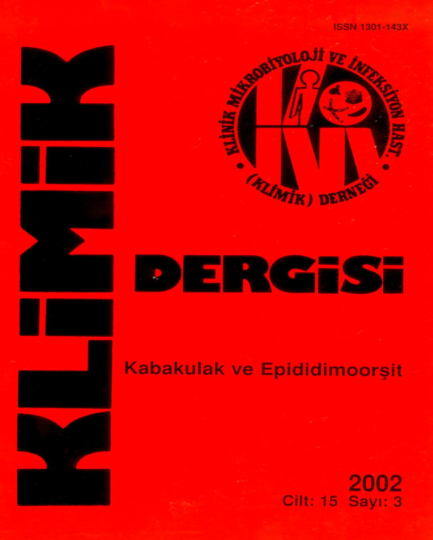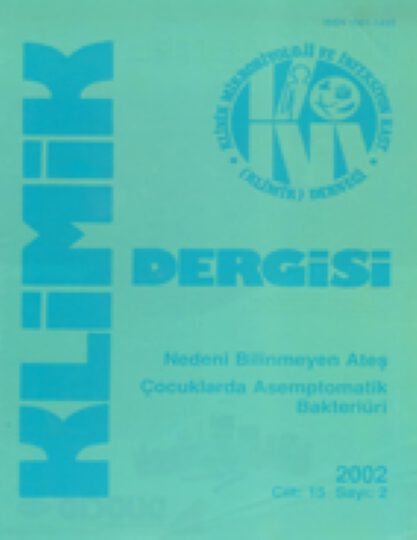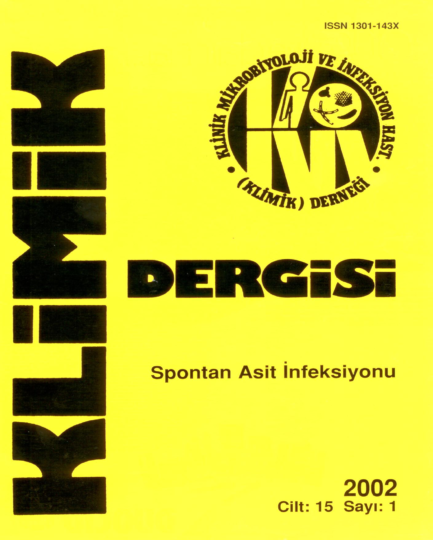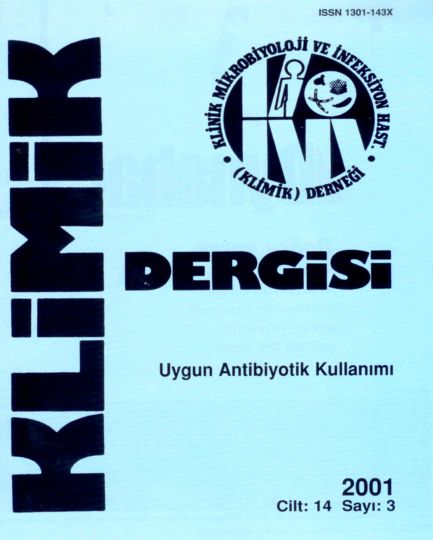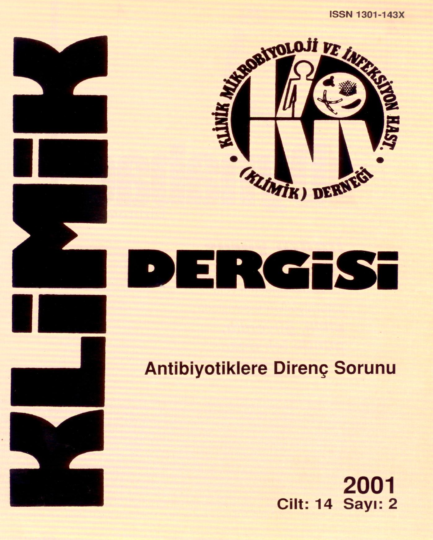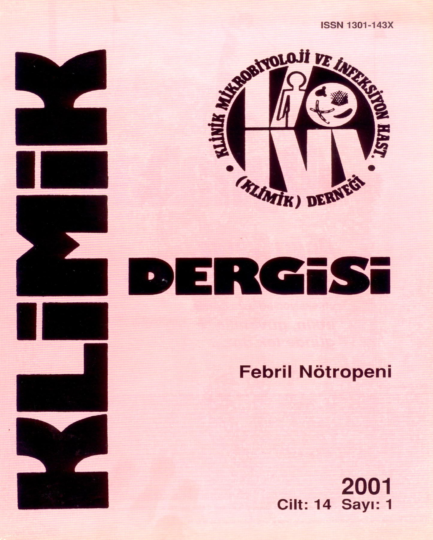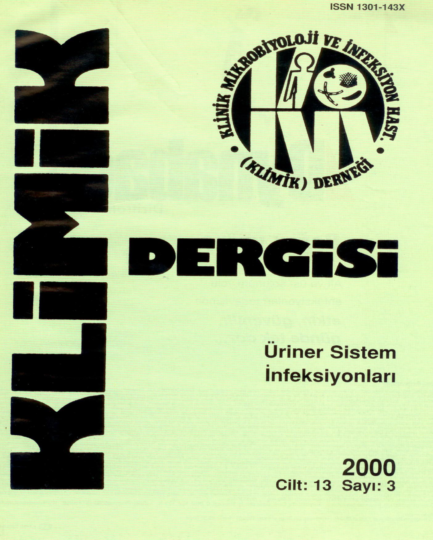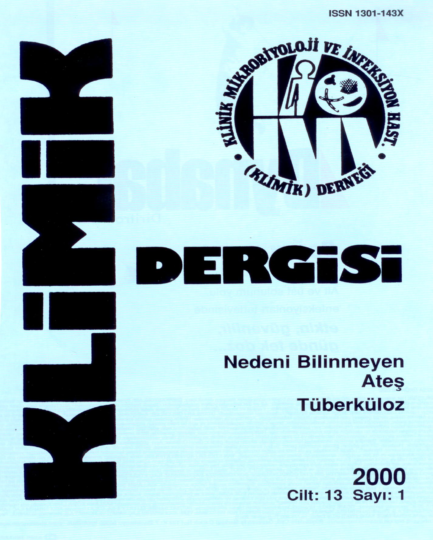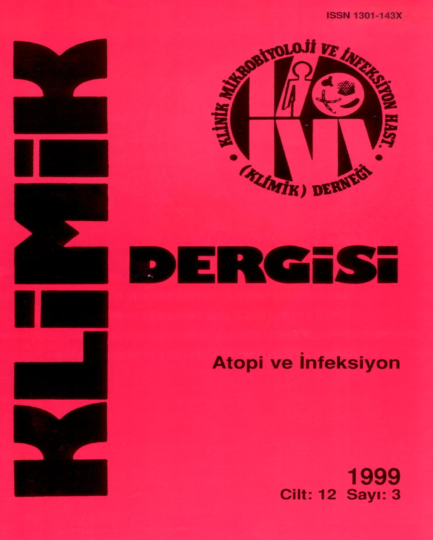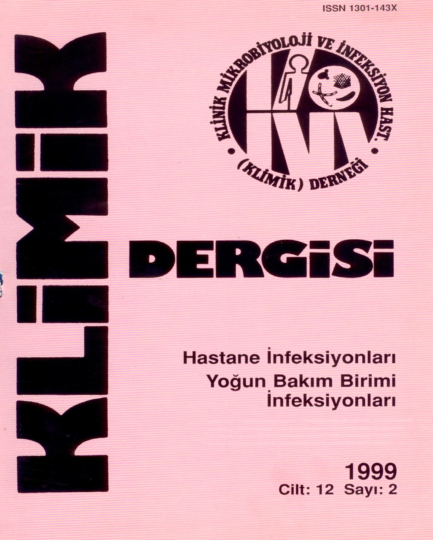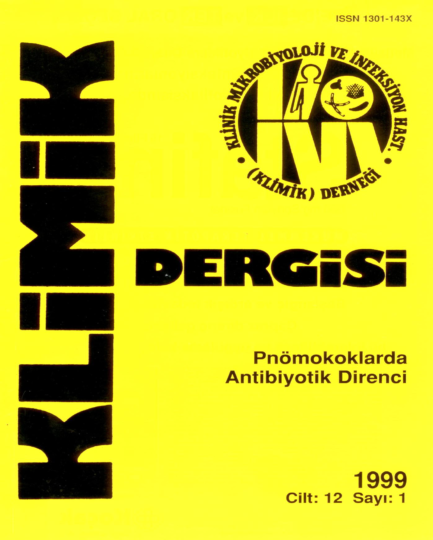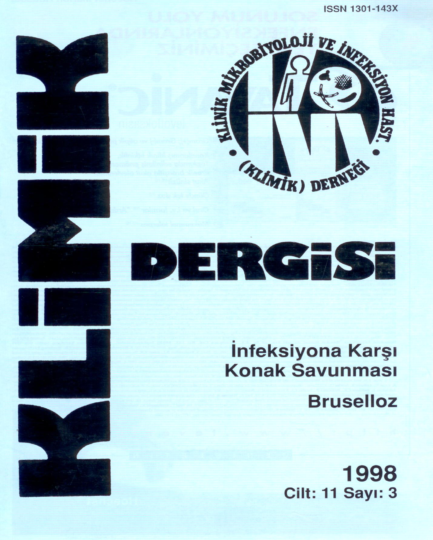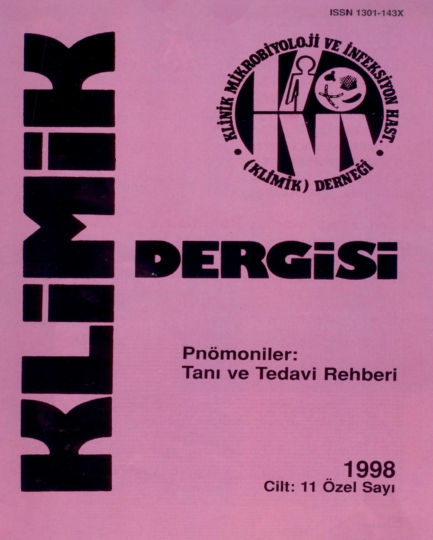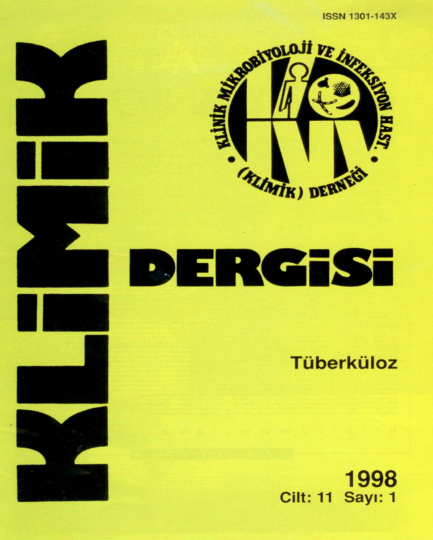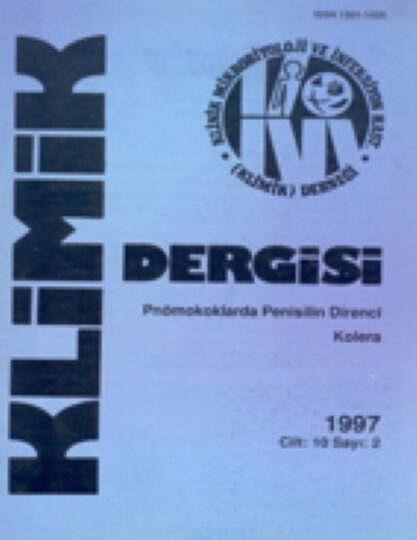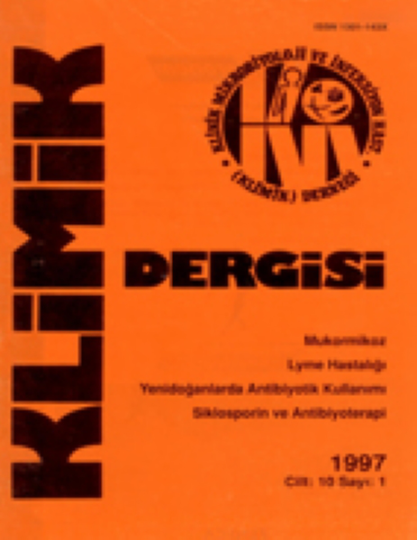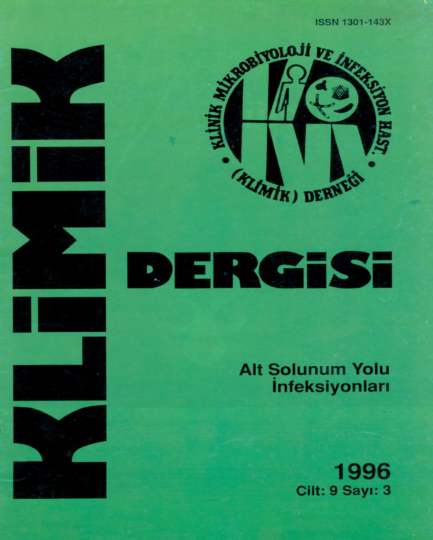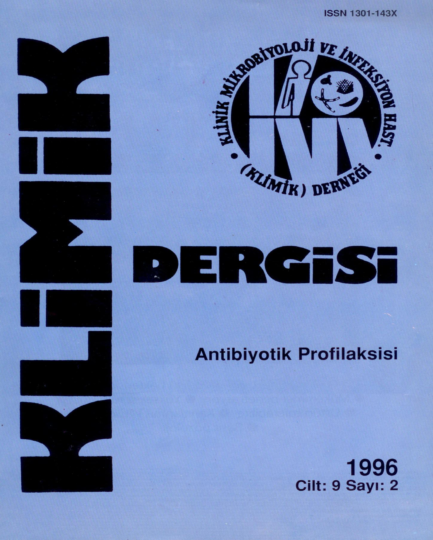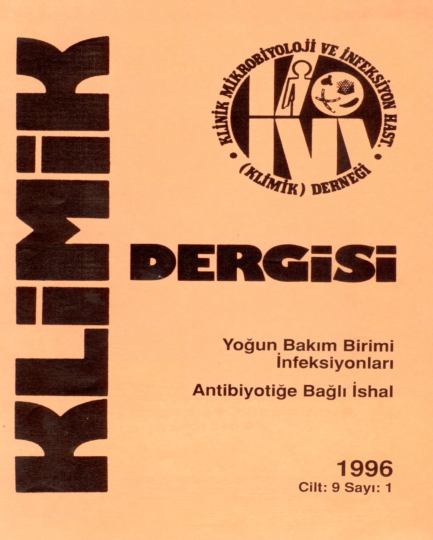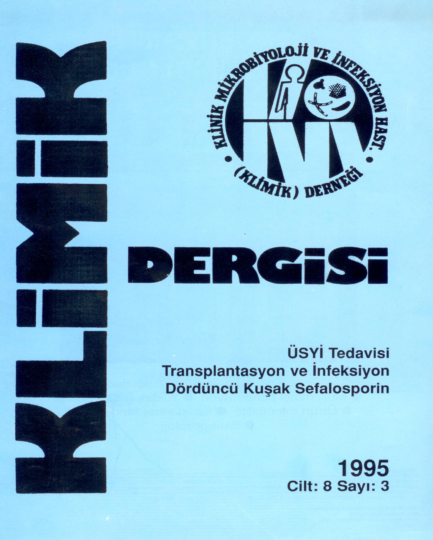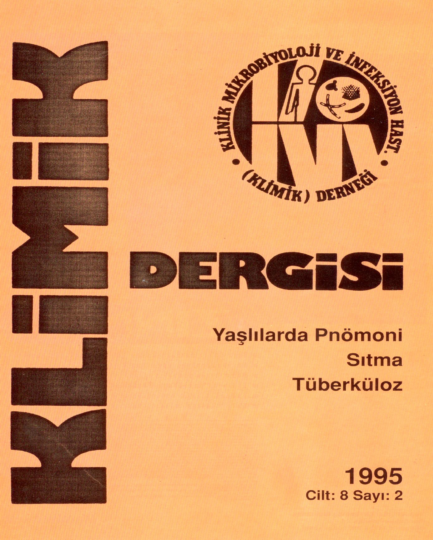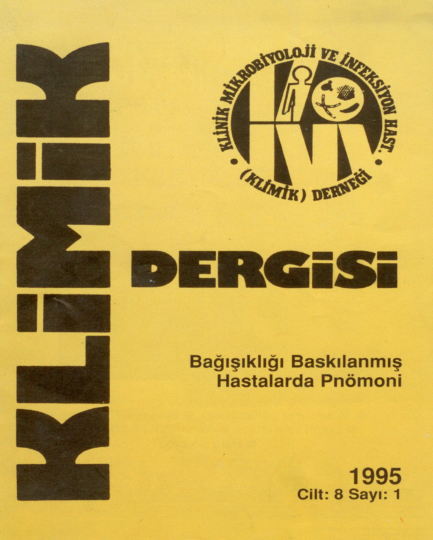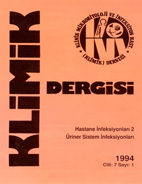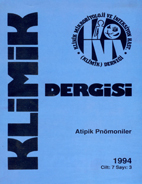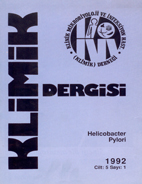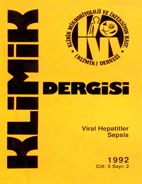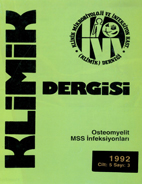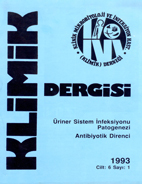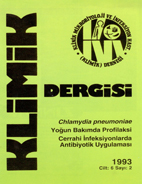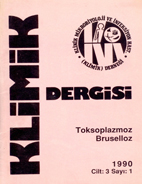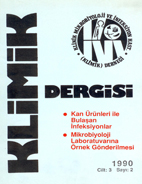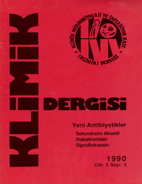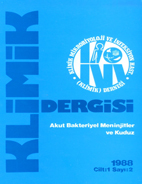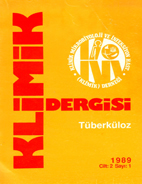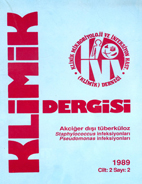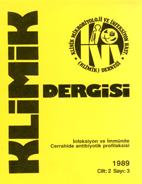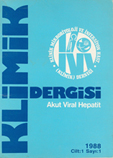Most Read
Abstract
Objective: This study aimed to develop a valid and reliable patient rights and satisfaction scale based on the perceptions of patients receiving services from health institutions.
Methods: Two separate data sets were collected within the scope of scale development. The first group of data consisted of 320 patients who applied to a private health institution in the Kartal district of İstanbul, and the second group consisted of 327 patients who applied to a different health institution also in the Kartal district of İstanbul. As part of the validity studies of the scale, interviews were conducted with patients, and the items constituting the measurement tool were reviewed in line with both expert and patient opinions. Confirmatory factor analysis (CFA) was applied together with exploratory factor analysis (EFA) within the scope of construct validity. Within the scope of reliability examinations, Cronbach alpha reliability coefficient and item-total correlation were calculated to determine internal consistency and test-retest correlation was applied to evaluate consistency over time.
Results: It was determined that the scale had a structure consisting of 42 items and six factors. The fit index values of the confirmatory factor analysis were determined as χ²/sd =3.16, RFI=0.96, NFI =0.96, CFI=0.97, RMSEA=0.0086 and RMR=0.039, respectively. Based on these results and CFA, it was accepted that the scale’s model-data fit was acceptable. The coefficients were calculated as 0.93 for the “Patient Privacy Dimension“, 0.94 for the “Healthcare Worker Interest and Courtesy Dimension“, 0.94 for the “Patient Satisfaction Dimension“, 0.90 for the “Services Dimension“, 0.92 for the “Nurses’ Attitude Dimension” and 0.91 for the “Physicians’ Attitude Dimension“.
Conclusion: This scale, whose validity and reliability were tested, can be used to determine patients’ perceptions of patient rights and satisfaction when receiving services from health institutions.
References
- WHO recommends influenza vaccine composition for 2025-2026 [Internet]. Geneva: World Health Organization (WHO). [erişim 02 Temmuz 2024]. http://apps.who.int/medicinedocs/documents/s17293e/s17293e.pdf
- Nafiseh Z, Ali D, M G, BF S, Shahrzad H. Necessity of medical education amendment in Shaled University according to educators and students viewpoints. [Internet]. In: Semantic Scholar; May 15, 2011. [erişim 02 Temmuz 2024]. https://www.semanticscholar.org/paper/Necessity-of-medical-education-amendment-in-Shahed-Nafiseh-Ali/3e2aa2ce4173fcd6249939fa7447180e60f7e597
- Joolaee S, Hajibabaee F. Patient rights in Iran: a review article. Nurs Ethics. 2012;19(1):45-57. [CrossRef]
- Bill of Rights. What is the Patients’ Bill Rights? [Internet]. Washington: U.S. Office of Personnel Management (OPM). [erişim 02 Temmuz 2024]. www.opm.gov/insure/health/billrights.asp
- Joolaee S, Tschudin V, Nikbakht-Nasrabadi A, Parsa-Yekta Z. Factors affecting patients’ rights practice: the lived experiences of Iranian nurses and physicians. Int Nurs Rev. 2008;55(1):55-61. [CrossRef]
- Mastaneh Z, Mouseli L. Patients’ awareness of their rights: insight from a developing country. Int J Health Policy Manag. 2013;1(2):143-6. [CrossRef]
- Nematollahi M, Fesharaki M, Toufighi S. Comparison of patient rights laws in Iran with patient rights charter and survey of physicians of Shiraz University of Medical Sciences about patient right. Teb va Tazkieh. 2000;9(3):59-62.
- Merakou K, Dalla-Vorgia P, Garanis-Papadatos T, Kourea-Kremastinou J. Satisfying patients’ rights: a hospital patient survey. Nurs Ethics. 2001;8(6):499-509. [CrossRef]
- Şimşek H, Yıldırım A. Sosyal Bilimlerde Nitel Araştırma Yöntemleri. Ankara: Seçkin Yayınevi; 2013.
- Yaşlıoğlu MM. [Factor analysis and validity in social sciences: application of exploratory and confirmatory factor analyses]. IUJSB. 2017;46(2):74-85. Turkish.
- Büyüköztürk Ş. Sosyal bilimler için veri analizi el kitabı. Ankara: Pegem; 2012.
- Çokluk Ö, Şekercioğlu G, Büyüköztürk Ş. Sosyal bilimler için çok değişkenli istatistik SPSS ve LISREL uygulamaları. Ankara: Pegem Akademi; 2016.
- Hooper D, Coughlan J, Mullen MR. Structural equation modelling: Guidelines for determining model fit. Electron J Bus Res Methods. 2008;6(1):53-60.
- Brown TA. Confirmatory factor analysis for applied research. New York: Guilford Publications; 2006.
- Sümer N. Yapısal eşitlik modelleri: Temel kavramlar ve örnek uygulamalar. Türk Psikoloji Yazıları. 2000;3(6):49-74.
- Öztürk H, Yılmaz F, Hintistan S. Hasta hakları ölçeği ve hasta hakları bilgi ölçeği geliştirilmesi. Hastane Yönetimi Dergisi. 2007;3(1):9-15.
- Erbil N. [Developing scale of patient’ rights using attitude]. Uluslararası İnsan Bilimleri Dergisi. 2009;6(1):825-38. Turkish.
- Bilgin R, Diğer H. [Improving the knowledge level of rights and responsibility of sick individuals applying to health institutions]. BEÜ SBE Derg. 2019;8(2):558-70. Turkish.

